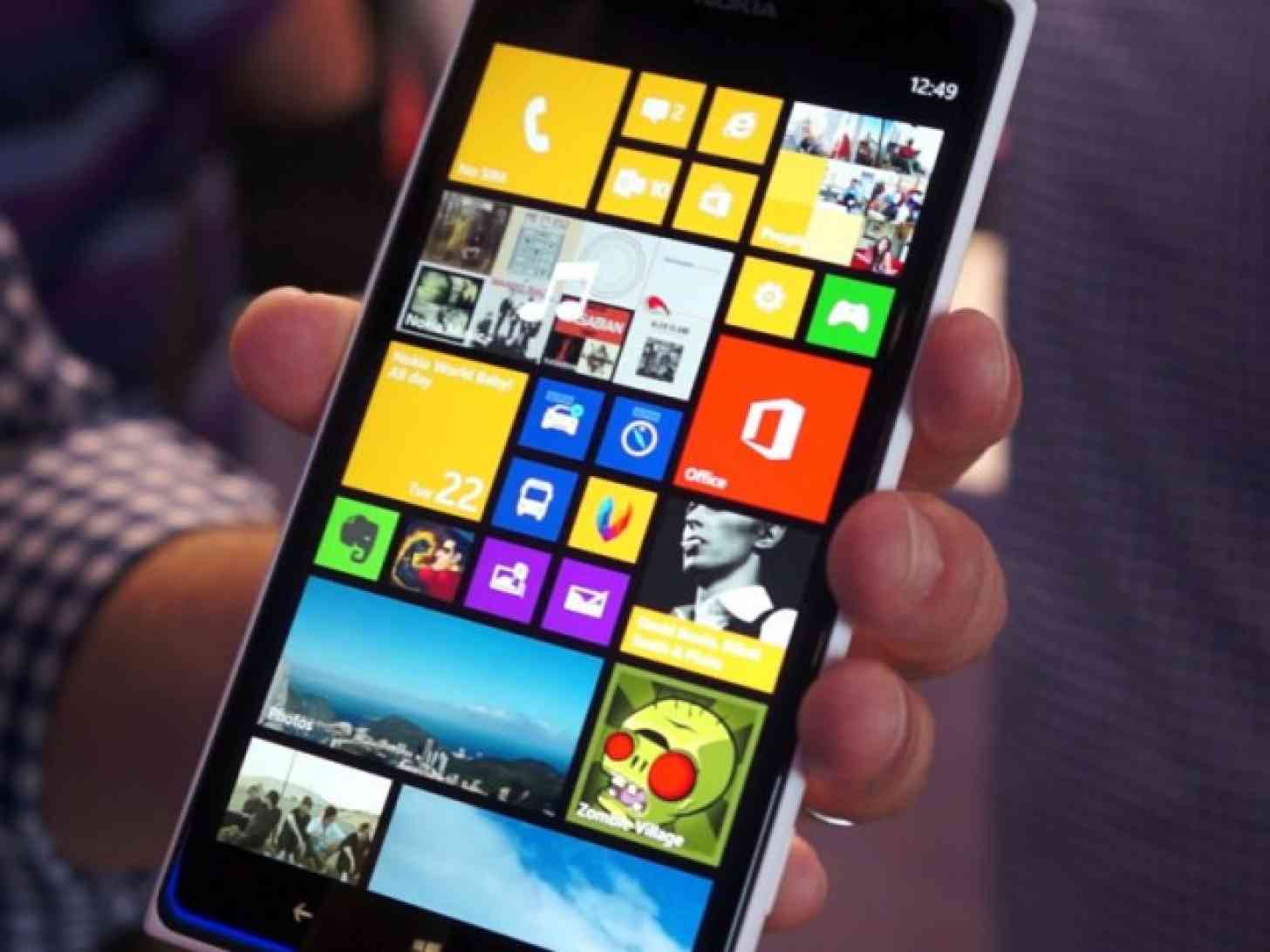
iOS and Android. These two operating systems have the most market share in mobile by far, taking a whopping 96.3% combined in 2014. It’s nothing short of impressive, but then you have to remember that there are actually two more “major” mobile operating systems in our midst as well, and with just 3.7% of shares left to divvy up, well, it’s clear that neither of these operating systems are exactly “winning”, especially by comparison.
BlackBerry, formerly known as RIM, has tried in a multitude of ways to win back market share. They’ve introduced a new modern operating system, came up with some intricate ways to keep the physical QWERTY keyboard alive, and they’ve even decided to include thousands of Android applications via the Amazon App Store in order to convince people that they’re not entirely irrelevant to people outside of the business world.
The results? Not great. BlackBerry’s market shares still stand at less than 1 percent, so from a “massive turnaround” standpoint, BlackBerry failed to succeed.
Then you have Microsoft’s Windows Mobile gone Windows Phone gone Windows Mobile (again, apparently), who will be introducing their fourth revamped mobile operating system this summer in the form of Windows 10. Previous attempts have been futile at this point with Windows Phone sitting at just 3 percent of mobile market share. The reason? Pretty much the same reason that BlackBerry is having such a hard time – the app store is atrocious, and when it comes to smartphones, app availability is extremely important.
Windows Phone actually has a lot of redeeming qualities about it, and many people will tell you they feel the same. However, most of those same people will tell you that after the initial “honeymoon” phase of enjoying a new, unique UI, the luster wore off because they started to discover that many of their core apps were not offered on Windows Phone. In certain cases you could find a third party variation of certain apps like YouTube, Instagram, etc., but at the end of the day most people would rather not be bothered spending the time to research the alternatives. There also aren’t third party apps for everything. In short, the “app gap” you’re always hearing about, despite what some people might say, is real for the general consumer and it is hindering Windows Phone’s ability to gain more users. But not for long, since Microsoft just introduced the new way for developers to "copy" their iOS and Android apps over to Windows.
Microsoft is not taking the BlackBerry route by making it a direct transfer. Rather, Microsoft has come up with a much simpler way for developers to use most of their existing codes to fit with the new Windows Mobile. This process will involve very little, if any, code revisions, and in the end will still natively work on Windows Mobile (that's so weird to say), or any Windows 10 device for that matter (including tablets and PCs). It’s a little more complex than it sounds, but in the end it would seem like a worthwhile investment for developers since they would have their applications present across multiple platforms with just one small code change.
“I eat because I’m unhappy, I’m unhappy because I eat. It’s a vicious cycle.”
The above is a famous quote from a certain inappropriately named character from the Austin Powers series of movies from the late 90’s/early 2000’s, but the quote is somewhat relevant here. Due to Windows Phone’s aforementioned app gap, users and developers alike have avoided using the platform.
“Why should I use Windows Phone if there are no apps?”
“Why should I develop for Windows Phone if there are no users?”
Users won’t come because there’s no development, and there’s no development because there are no users. It’s a vicious cycle. However, if reworking these previously developed Android and iOS apps is as easy as Microsoft makes it sound, then the problem has a high chance of being fixed. With little effort and a huge audience (even if Windows Mobile never takes off, Windows 10 itself will still be huge for PC) it would seem like they would be missing out on a big opportunity if they don’t. In turn, if people see a big jump in the amount of mainstream applications on Windows Mobile (with native Windows features) then they’ll be inclined to switch. After more users are (theoretically) using Windows Mobile, more people will then want to develop for Windows Mobile.
Vicious cycle broken. Potentially.
It’s easy to say this will work out in theory, and I’m personally putting a little too much faith in the hopes that it does indeed work. It seems like a good enough concept, but it will of course depend on developer support first before expecting any people to switch. If it does work, I think it will be the change that makes Windows Mobile (Phone) break from that wretched cycle that plagues Windows Phone currently.